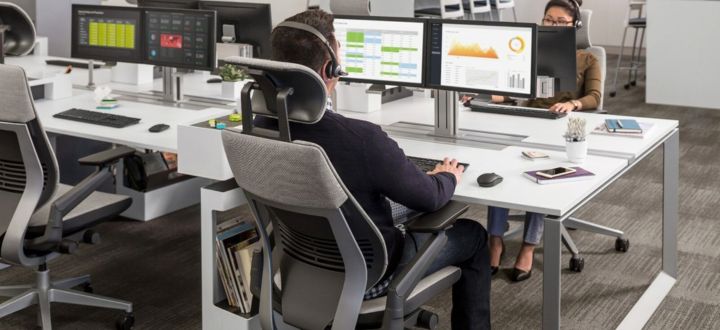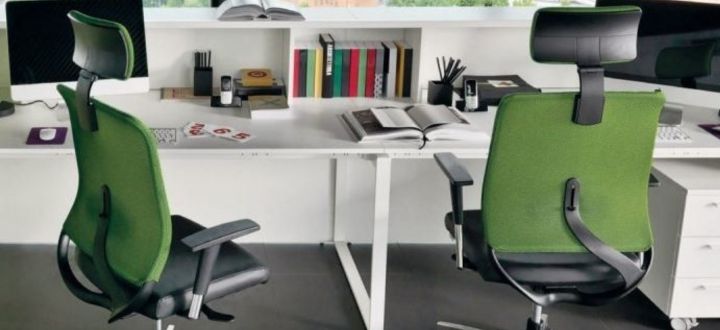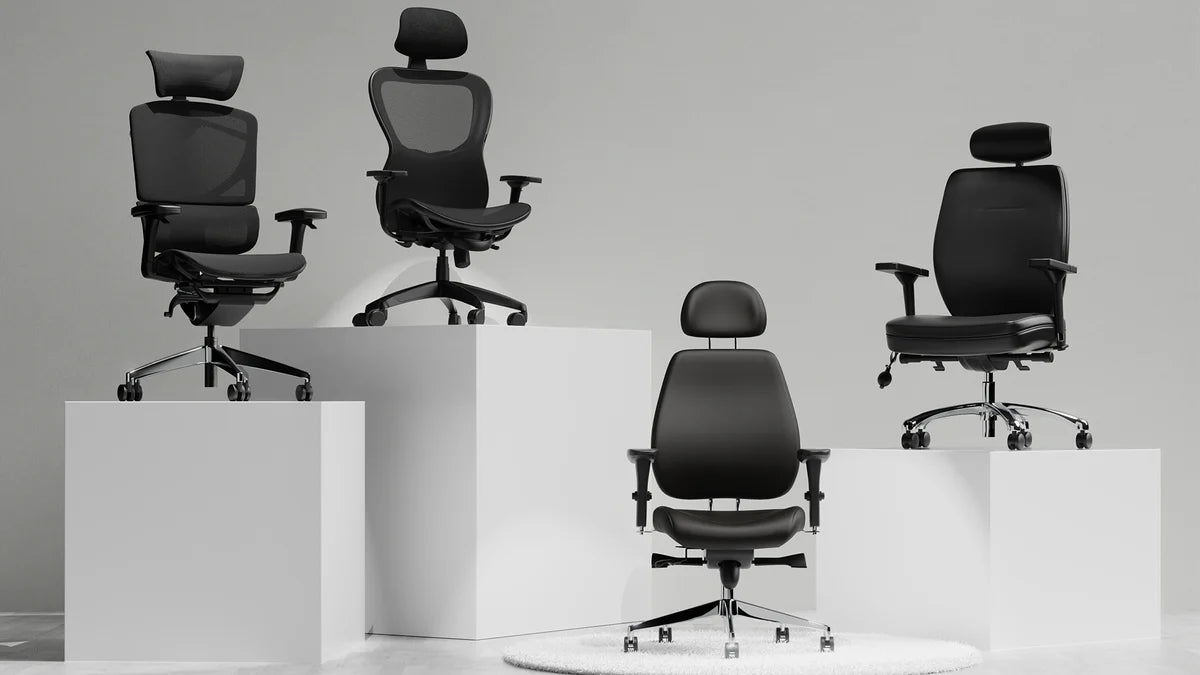Massive warehouse clearance sale! Save up to 70% off RRP - Visit us today!
Massive warehouse clearance sale! Save up to 70% off RRP - Visit us today!
Massive warehouse clearance sale! Save up to 70% off RRP - Visit us today!
Massive warehouse clearance sale! Save up to 70% off RRP - Visit us today!

May 07, 2024 3 min read
"Do headrests make an office chair ergonomic?" is a common question among those seeking optimal comfort and support during long hours of work.
Efforts have been made in ergonomic office chair design to improve the headrests of office chairs. Ergonomics is at the heart of the concept of ergonomic office furniture. This has a significant impact on productivity, health, and well-being. Providing comfortable work environments and preventing injuries are the main goals. There is a question that arises in modern offices where people spend most of their time at desks.
Do headrests improve ergonomics? We can gain insights on the effectiveness of headrests by exploring research findings and possible limitations. It is this final point that explains their importance and classification as office furniture.
Headrests are important in ensuring that an office chair is ergonomic. They provide support for the neck and upper back. A properly designed headrest will help the user maintain a good posture and reduce strain on neck muscles, as well as preventing discomfort during long sitting sessions. Headrests help users relax and align themselves by supporting the natural curve of the cervical spine.

"Do headrests make an office chair ergonomic?" is a question frequently asked by those seeking optimal comfort and support.
Headrests can offer ergonomic benefits such as neck support or posture improvement, but their effectiveness is dependent on factors like adjustability and individual comfort preferences. When evaluating the suitability for headrests to be attached to an office design, it is important that you carefully weigh these pros and cons.
Neck support
Headrests are a vital support for the cervical spine. This is especially true during prolonged periods of sitting. Headrests reduce neck strain by providing a surface to rest the head on. This reduces the discomfort and the potential for musculoskeletal problems.
Posture Enhanced:
The alignment of your head and neck while sitting is crucial to maintaining an ergonomic posture. Headrests encourage the user to maintain neutral head posture. This helps to align the spine and reduces the likelihood of slouching. Promoting overall musculoskeletal wellness is essential.
Stress Alleviation:
Headrests can reduce tension and stress by supporting the neck and head. This cushioning reduces physical stress, which can improve comfort and increase productivity over long periods of time.
Most headrests are not adjustable enough to meet the needs of different office furniture users. These limitations can reduce their ability to provide optimal support for people of different heights and types. This can lead to office furniture that is uncomfortable or does not provide adequate support.
Individual Comfort Variability
Some users may benefit from headrests while others find them uncomfortably placed or unnecessary. Headrest positioning and design can have a significant impact on user comfort. In this situation, headrests that are poorly designed or positioned could worsen the discomfort instead of reducing it.
Cost implications:
Office chairs that have headrests cost more than those without. Headrests can be a costly addition to the budget of an organization. Most often, headrests are chosen as a compromise between other ergonomic features that are prioritized in the context of limited resources.

The presence of a chair's headrest does contribute to its ergonomic qualities, but that alone is not enough. The term Office Chair Ergonomics includes a wide range of factors, beyond head and neck support. This includes lumbar support as well as seat depth and wide, armrest adjustability and overall chair design.
The best ergonomic office chairs have multiple features and adjustments.
The effectiveness of office chairs with headrests depends on factors like;
These ergonomic office chairs may include: While a headrest is a useful component of an office chair that offers ergonomic benefits, it's only one of many factors to be considered. To qualify as ergonomic furniture, a chair must have a combination features and adjustments that are tailored to its users' needs.
In conclusion, do headrests make an office chair ergonomic? Headrests can improve office chair design. They support the neck and upper spine, aiding posture, and reducing strain. A well-designed, adjustable headrest isn't mandatory but boosts chair comfort and productivity. So, when choosing an office chair, look for a headrest that suits your needs. This simple step can make your workspace more comfortable and ergonomic.

November 13, 2024 3 min read